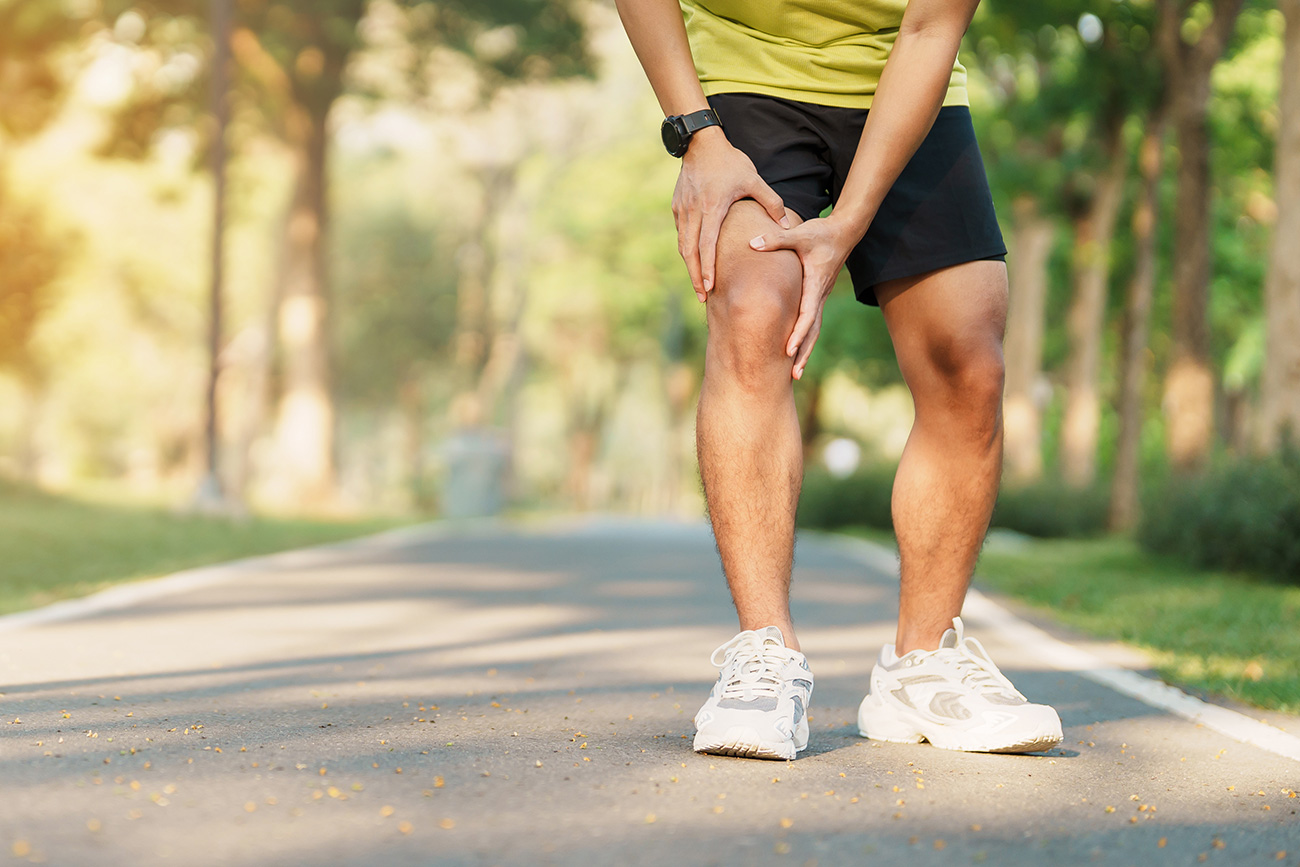
What is Sports Massage?
Sports Massage is an essential type of healthcare which can help all types of populations and isn’t only aimed to help ‘sports participants’. Sports massage can help to aid a wide range of injuries.
Functional Movement Screening is a tool used to identify hidden weaknesses, prevent injuries, and improve sports performance. The screening consists of seven tests that evaluate mobility and stability during certain movements.
The results of the screening can help tailor a training program to correct faults, reduce injuries, and improve function. The page is provided by Isis Chiropractic Centres and invites interested individuals to attend one of their free Functional Movement Screening evenings.

Want to know more? Request a Callback
Or give us a call, to find out how we can help you with Chiropractic and Functional Movement Screening.
Book an Appointment
Schedule an appointment for Chiropractic and Functional Movement Screening tailored to your needs.
If there was a way for you to discover hidden weaknesses, prevent injury and improve your performance, would you be interested?
If that is the case, the Functional Movement Screening is very likely to be your answer.
Here at the Isis Chiropractic Centres we perform Functional Movement Screenings to help us optimise your rehabilitation and exercise programme.
It sounds like an easy question. Whether you can perform a deep squat or leg lift, for example, can indicate areas of the body that are tight or weak and show if you’re compensating in a way that might be harmful even if you aren’t consciously aware of it.
That’s the philosophy behind the Functional Movement Screen, a tool used to root out those weaknesses before they hamper your sports performance or become fully-fledged injuries.
The Functional Movement Screen consists of seven tests, which will help to identify any areas of weakness or imbalance. The benefit of this is that we can help you to develop a training programme, which will help to prevent injuries and improve your performance.
The functional movement screen is a quantifiable method of evaluating basic movement abilities. It will help to evaluate both mobility and stability whilst performing certain movements.
It consists of seven tests:
These tests are designed to provide information on your ability to perform certain tasks efficiently, safely and in balance.
The screen is not intended to diagnose orthopaedic problems but rather to demonstrate limitations or asymmetries with respect to basic movement patterns.
This information can allow us to investigate further specific problems and formulate a tailored plan to correct the fault, reduce injuries and improve function.
Most people know that they have a ‘weak’ side.
They know that they have one arm stronger than the other, or one leg stronger than the other. But why is this?
If you are right-handed or right footed you tend to have better coordination on that side and one hand or one leg works better in certain activities. Co-ordination is down to practice and repetition.
At first glance, it might make sense for you to think that, just because you can kick a football better with your right leg, it must be stronger. That is not always true!
For example, when you kick the ball you also need to get the support from the opposite leg in order to be able to kick the ball well.
Any weakness in the opposite leg will impair your ability to produce power, and when you look closer it is not just the opposite leg that needs to be strong, your hip, pelvis, lower back and core muscles need to be strong too.